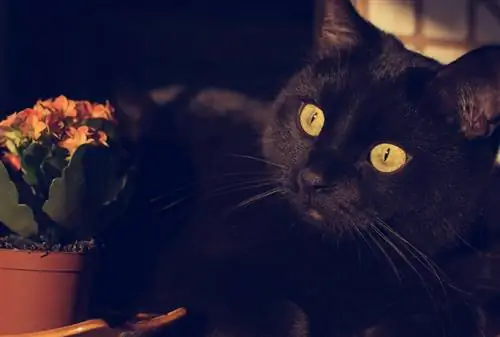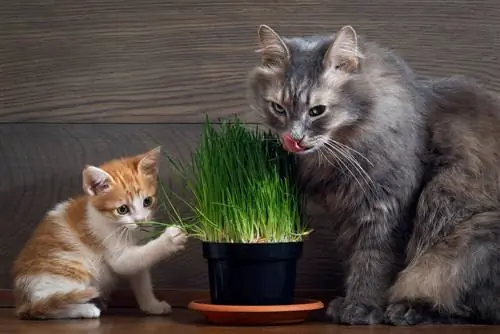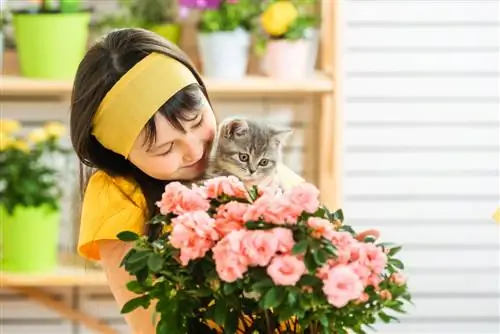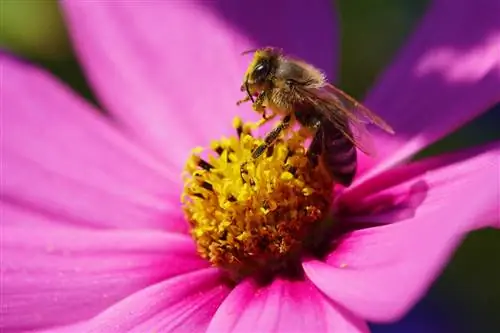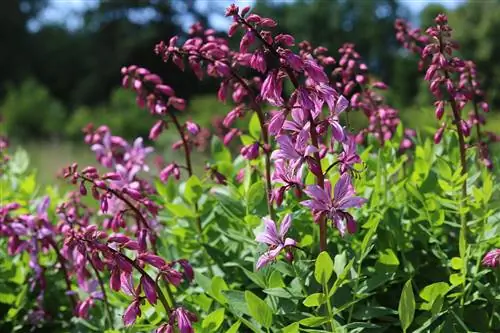- Author admin [email protected].
- Public 2023-12-16 16:46.
- Last modified 2025-01-23 11:20.
The evergreen single leaf (Spathiphyllum) is a popular houseplant. It belongs to the arum family (Araceae) and, like all plants belonging to this plant family, is poisonous to both humans and animals. Cats in particular are at risk because they like to nibble on the large, dark green leaves.

Is the leaf poisonous for cats?
The single leaf (Spathiphyllum) is poisonous to cats because it contains oxalic acid and calcium oxalate. Signs of poisoning can include problems swallowing, diarrhea, vomiting and excessive salivation. If poisoning is suspected, a veterinarian should be consulted immediately.
The dose makes the poison
The leaves and stems of the plant in particular contain toxic oxalic acid and calcium oxalate. Now there are certainly cats that nibble on the leaf every now and then and show no symptoms. However, this is not because the animals are immune to the toxins. Instead, they probably simply didn't consume as much of the toxic greens, so the substances in question didn't take effect. As is so often the case, the dose makes the poison - the leaflet is therefore only considered slightly poisonous.
What symptoms indicate poisoning?
Nevertheless, it is a good idea to put the leaf away where it is inaccessible to the cat - for example, hanging from the ceiling as a hanging plant or in a room that the pet does not have access to (and cannot actually get in!). With a bit of bad luck, the cat can also become seriously poisoned by the leaf. Possible signs of poisoning include
- Discomfort or problems swallowing
- Diarrhea and/or vomiting
- heavy salivating
In more serious poisoning, bleeding in the gastrointestinal tract and kidney damage can also occur. For this reason, if you suspect poisoning, you should consult a veterinarian immediately.
Tip
There are a whole range of equally beautiful but non-toxic houseplants. Therefore, give preference to Chamaedorea elegans (mountain palm), Crassula (bigleaf, money tree), Chlorophytum comosum (green lily) or Howea forsteriana (Kentia palm).


